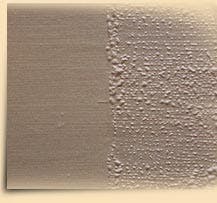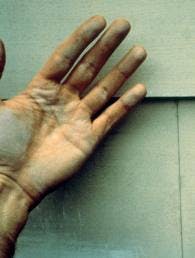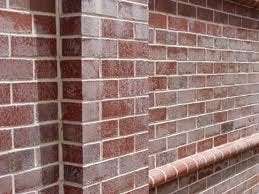Common Paint Problems (Part I)
Let's face it – Vancouver is wet! Being on the west coast exposes houses here to a particular brand of wet, damp weather that lasts for months on end. In light of this, every spring, building and home owners should do a brief 10-minute walk around their property to assess the condition of the building.






